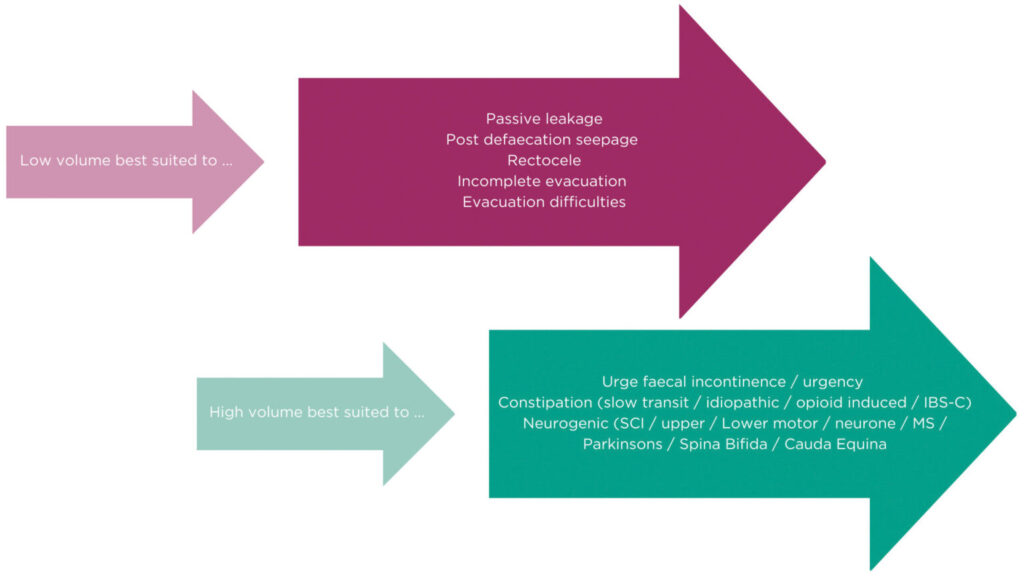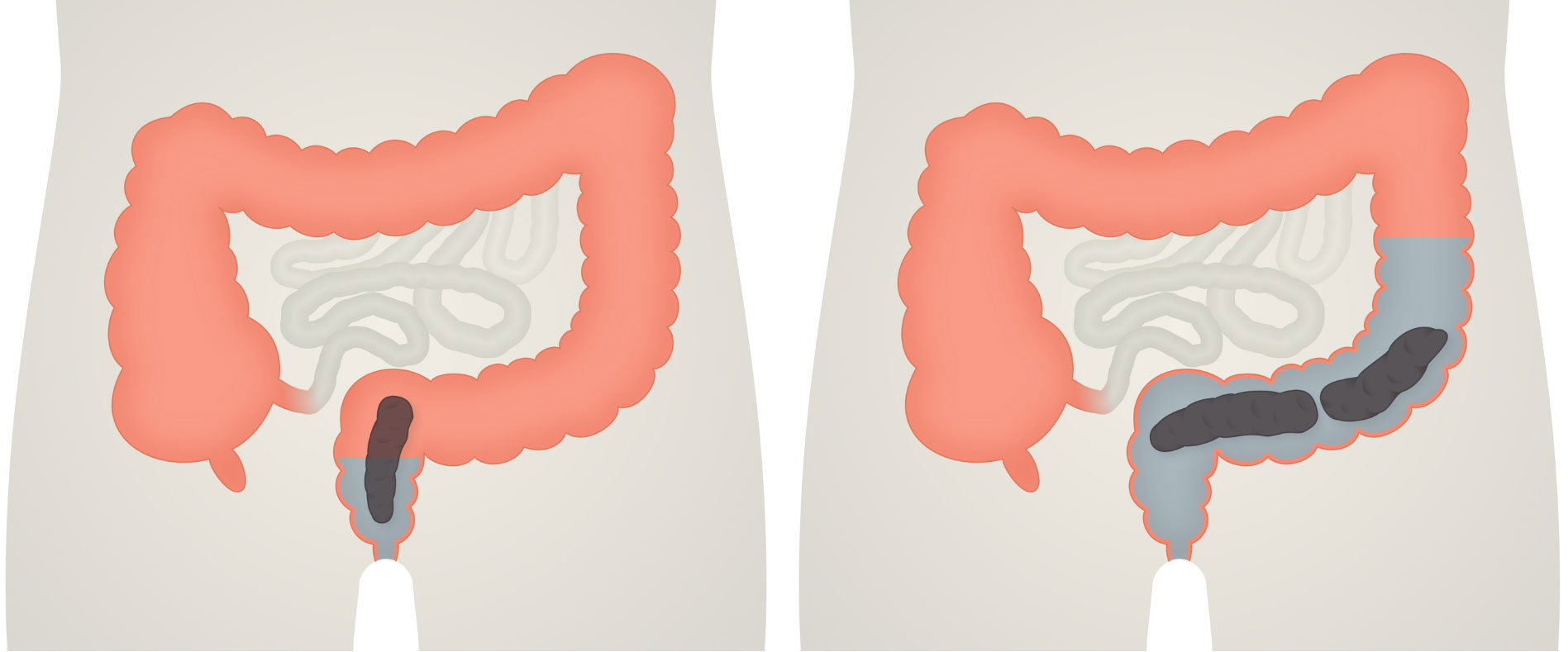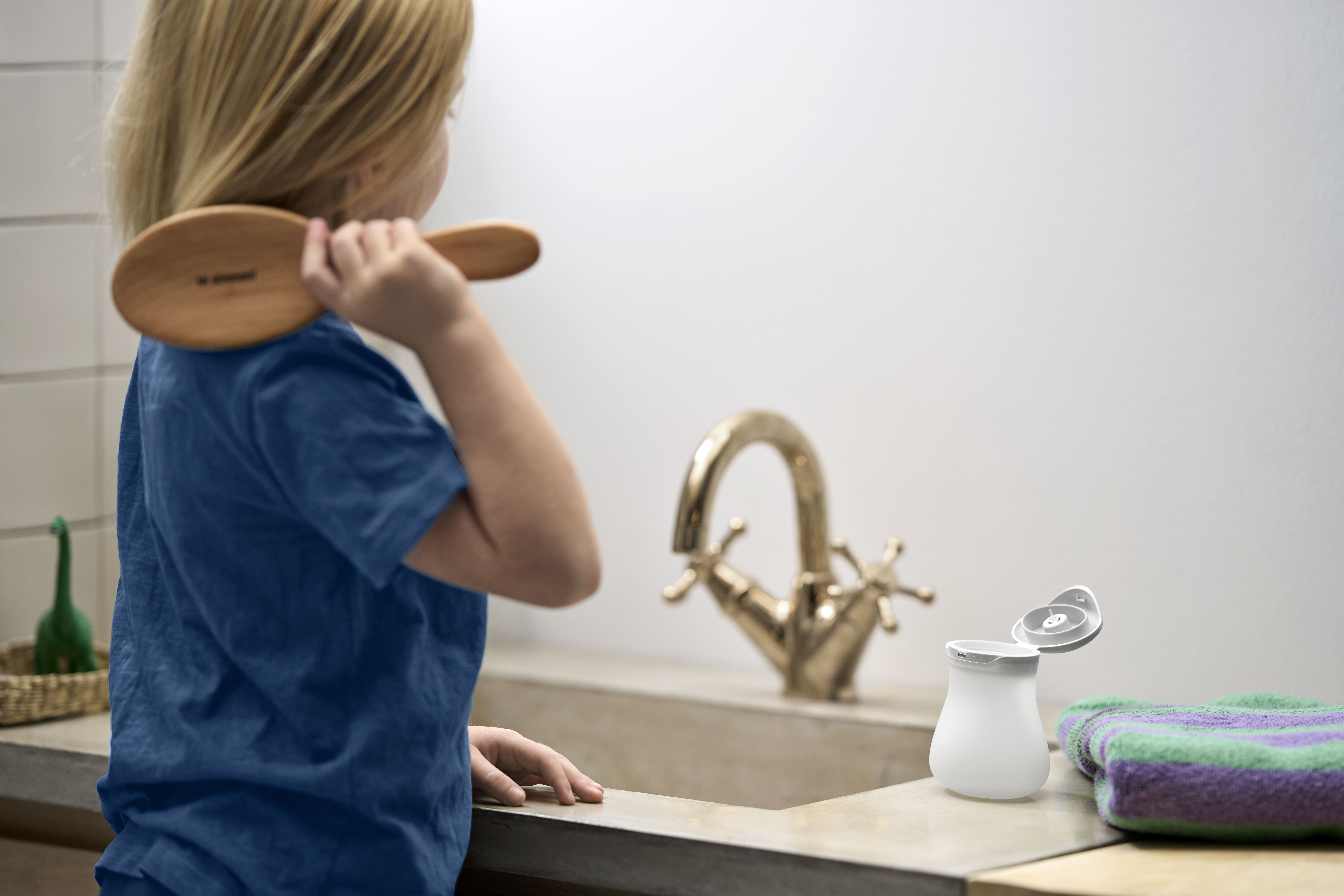The introduction in recent years of a range of rectal irrigation products means there is a greater choice of products. This is especially seen in the application of both low and high volumes of water. Therefore, providing us with additional tools in the toolbox for treating patients. Essentially, this equals a better chance of a positive health outcome and notably ensures the patient will receive a product to suit their unique needs.
When a patient feels that conservative management of their bowel dysfunction has not improved their symptoms satisfactorily, what product do you choose for your patient and their condition? The consensus guidance is to complete an assessment as found in step 1 of the decision guide. It is here that the previous assessment on bowel symptoms is transferable, and all that is left to assess is identifying any contraindications in the use of rectal irrigation and ascertain the optimal rectal irrigation system by considering hand dexterity, stability on the toilet, home environment, carer or independent and cognition.
So, you and your patient have established that rectal irrigation is suitable. How do you choose whether to use low or high volume? Specific volumes suit certain bowel conditions, (Emmanuel et al, 2019), which, helps in making that first step of getting the right product. Although, with the ever-growing range of rectal irrigation products it is not always an easy task, especially if you are new to the concept.
Step 2 in the decision guide is a practical tool that can aid the decision-making process between low and high-volume rectal irrigation systems. Therefore, the decision guide acts as a guide in going straight to the product and volume of water for each individual’s symptoms/condition. One question that is frequently asked is ‘How do I know whether to choose a cone or catheter?’ Based on findings from the assessment you are then in a position to choose between cone and catheter.
For example:
- slow transit constipation = high volume
- good dexterity, sitting balance and independent = cone
Whereas:
- slow transit constipation = high volume
- poor dexterity (arthritic hands) unable to hold cone in place = catheter
Figure 1.

Kelly Stackhouse, Clinical Nurse Specialist at FINCH Services highlights this in her video:
There are some tricky scenarios where choosing a product may not be as straight forward, such as a patient with constipation and a rectocele. My go to product for this would be the high-volume, especially as products have water flow management that may well address the rectocele at the same time as the constipation. Of course, this is also dependent on what bothers the patient the most, and there certainly is no harm in trying low volume initially. Although, it is worth remembering that if the patient continues to be symptomatic using low volume twice is not a replacement for high volume.
The next in our low and high volume series looks at transitioning a patient from low volume to high volume.







